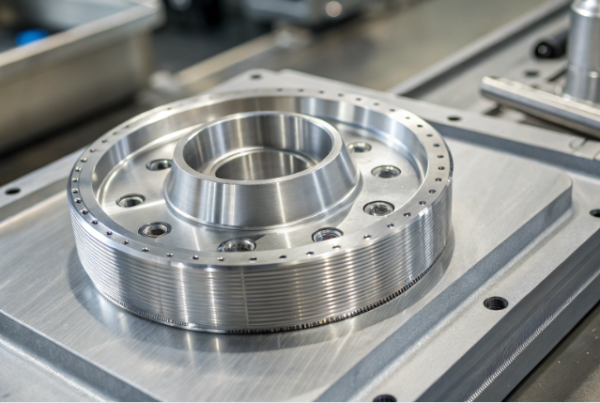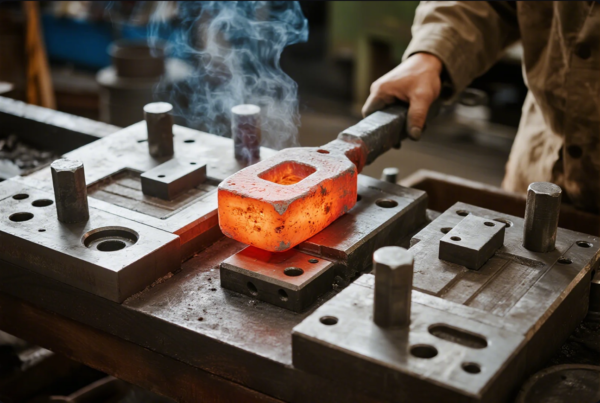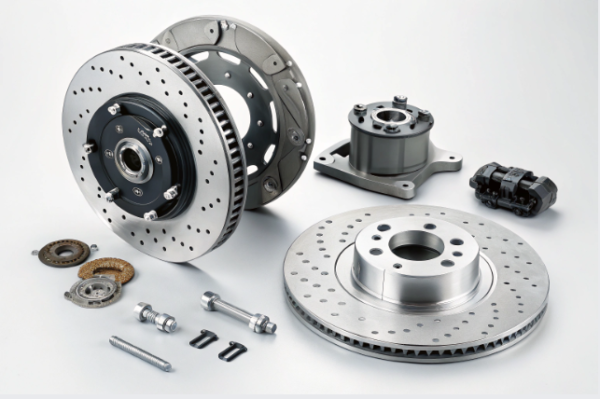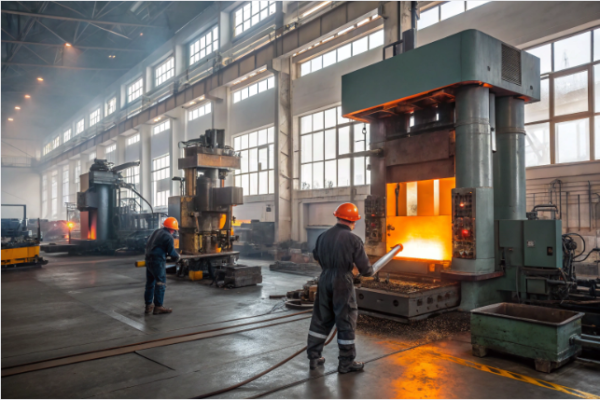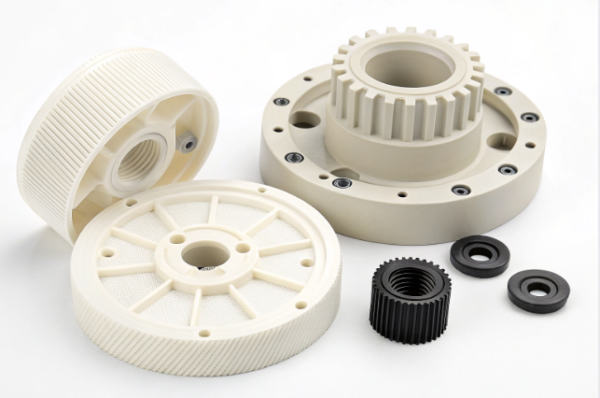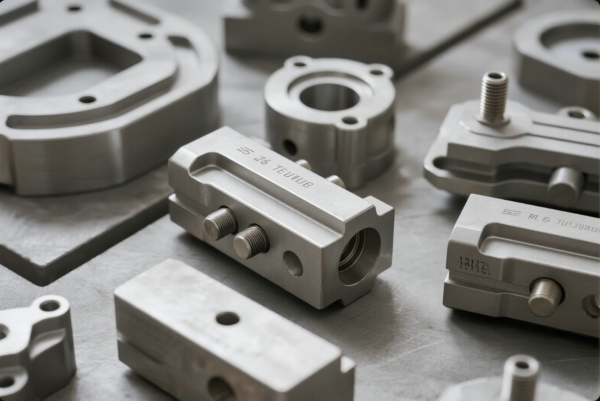What is the principle of injection molding?
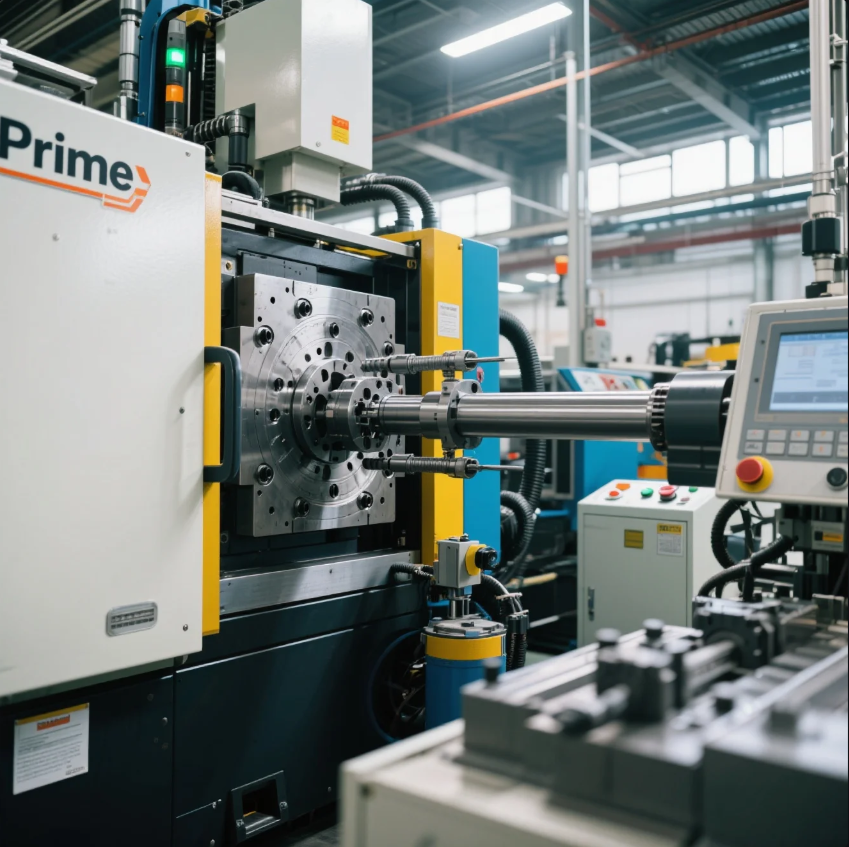
Confused about how plastic parts are made with such high precision?
Injection molding works by melting plastic, injecting it into a mold, then cooling it into the final shape. This cycle repeats automatically, making it ideal for high-volume, consistent production.
Many purchasing managers and engineers know the results of this process—perfectly shaped plastic parts—but not how it actually works. Understanding the principle behind it helps reduce sourcing mistakes, improve communication with suppliers, and guide better project planning.
What is the basic principle of injection molding?
At its core, this process is a cycle of heating, shaping, and cooling plastic material inside a closed mold.
The basic idea is to melt thermoplastic resin, inject it under pressure into a cavity, and let it cool into a solid part.
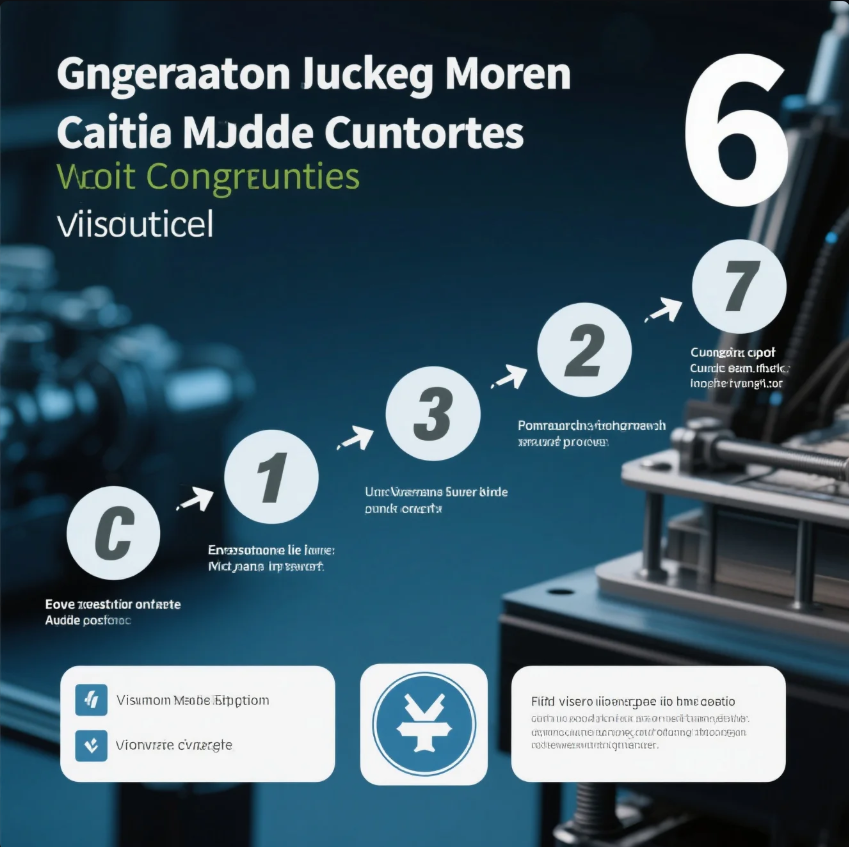
Step-by-Step Breakdown
| Stage | Function |
|---|---|
| Clamping | The mold is closed and locked under high force. |
| Injection | Plastic is heated and injected into the mold. |
| Packing/Holding | Pressure is maintained to pack material into the cavity. |
| Cooling | The part solidifies inside the mold. |
| Mold Opening | The mold opens automatically. |
| Ejection | The part is pushed out using ejector pins. |
At Prime, our injection systems are programmed to monitor each of these steps with precision. This is how we deliver custom plastic parts with tight tolerances and consistent dimensions—batch after batch.
See our plastic part production flow →
What is the explanation of injection moulding process?
While the principle is simple, the process involves careful control of heat, pressure, and timing.
Injection molding is a manufacturing technique where melted plastic is injected into a metal mold to form parts, used widely in industrial and consumer products.
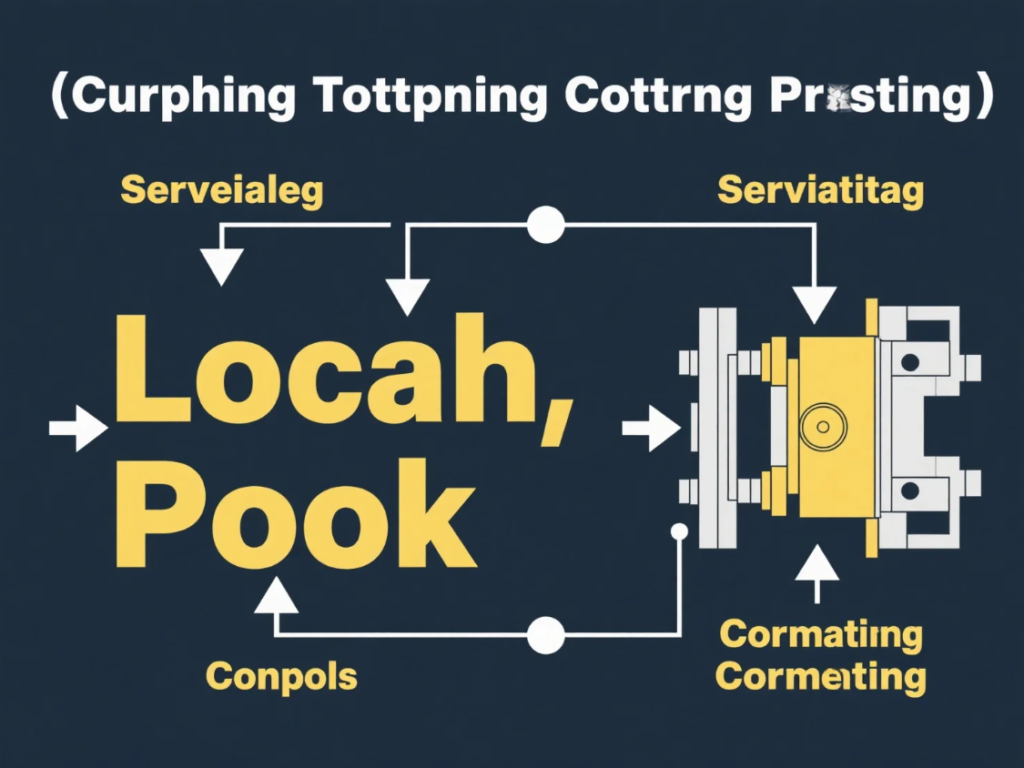
Why It Works So Well
- Heat softens plastic into a flowable form.
- Pressure fills the entire cavity quickly.
- Cooling locks the part into shape.
- Automation ensures that every cycle produces identical parts.
Whether you’re producing medical enclosures or electronic connectors, this method offers unmatched stability and surface control. Prime’s engineering team optimizes every mold design to reduce flow marks, shrinkage, or warping.
Discover how Prime supports technical plastic part design →
How does an injection molding work in practice?
Seeing it in motion helps understand why this method is so efficient and scalable.
The process starts with feeding plastic pellets into a heated barrel, melting them, then injecting the fluid into a mold. Once cooled, the part is ejected, and the cycle restarts.

Core Machine Components
| Component | Function |
|---|---|
| Hopper | Feeds raw plastic pellets into the machine |
| Barrel & Screw | Heats and mixes the plastic uniformly |
| Nozzle | Transfers melted plastic into the mold |
| Mold | Defines the shape of the final product |
| Clamping unit | Applies force to keep the mold closed |
| Ejector system | Pushes finished parts out of the cavity |
At Prime, our machines run 24/7 with real-time temperature and pressure monitoring. For buyers needing precision molded parts with minimal cycle time, this automation ensures speed without sacrificing quality.
Learn more about our machine capabilities →
What is the working principle of moulding machines?
The machine itself is a tightly engineered system that controls every step—from feeding raw plastic to forming the final product.
Molding machines work by converting plastic pellets into shaped parts through heating, mechanical pressure, and timed cooling inside a mold.
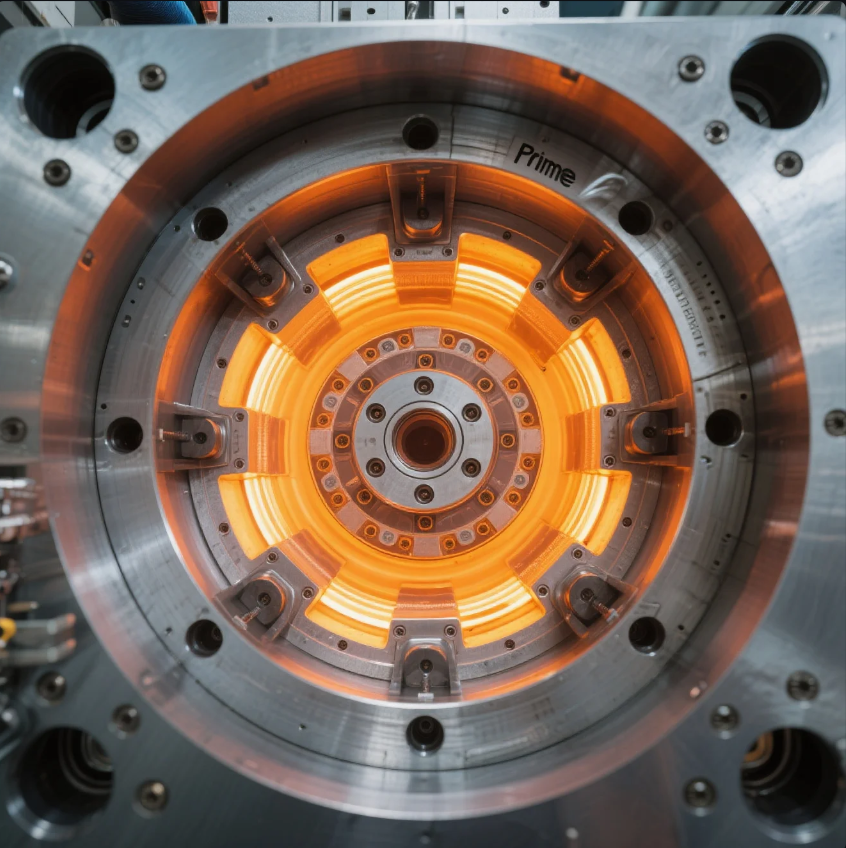
How Machines Deliver Consistency
- Screw rotation melts and compresses plastic.
- Servo motors regulate injection speed and volume.
- Mold clamps maintain tonnage to prevent flash or leaks.
- Cooling channels remove heat evenly to avoid deformation.
- PLC systems automate the entire cycle with stored parameters.
Our clients often require very specific dimensional tolerances—like ±0.02 mm—and our machines are configured to handle those demands across thousands of cycles.
If you’re sourcing ISO-certified plastic parts, understanding how machines maintain this consistency is key to evaluating your supplier.
See Prime’s full injection molding setup →
Conclusion
Injection molding operates on the principle of melting and forming plastic into complex shapes with controlled heat, pressure, and timing.
Ready to start your plastic part project with expert guidance?
Contact Prime now at https://primecustomparts.com or https://primecustomparts.com to get a free quote, technical consultation, or sample analysis. Our experienced team will walk you through DFM optimization, mold development, and global delivery.
📧 Email: [email protected]
🌐 Website: https://primecustomparts.com

